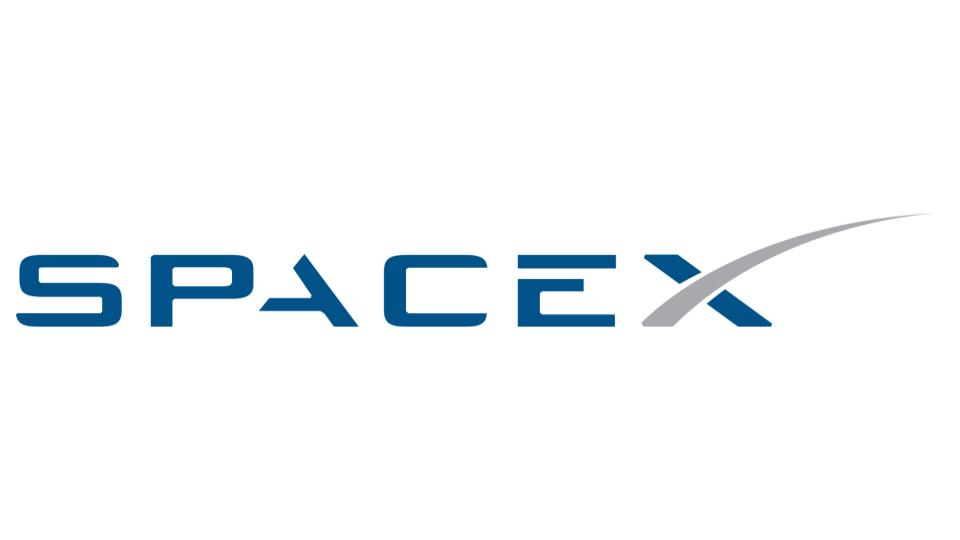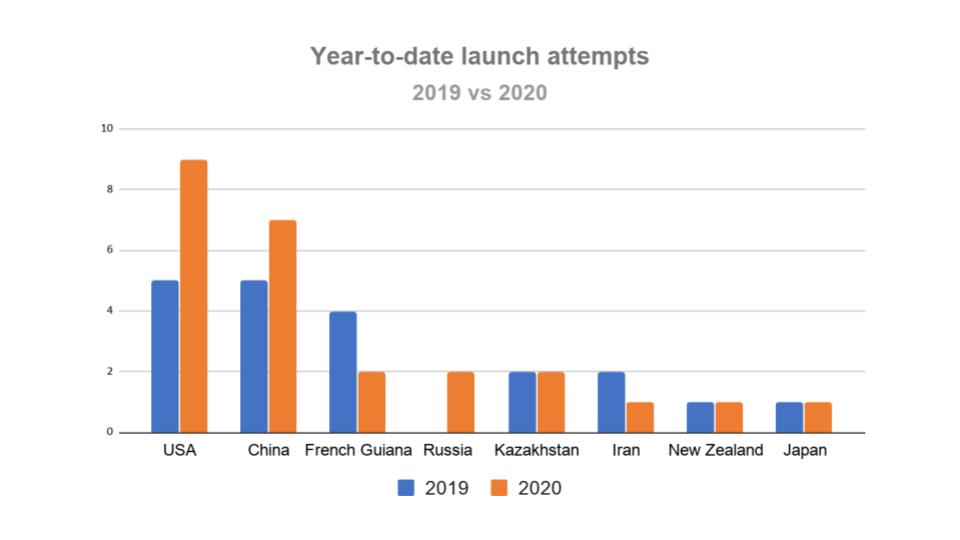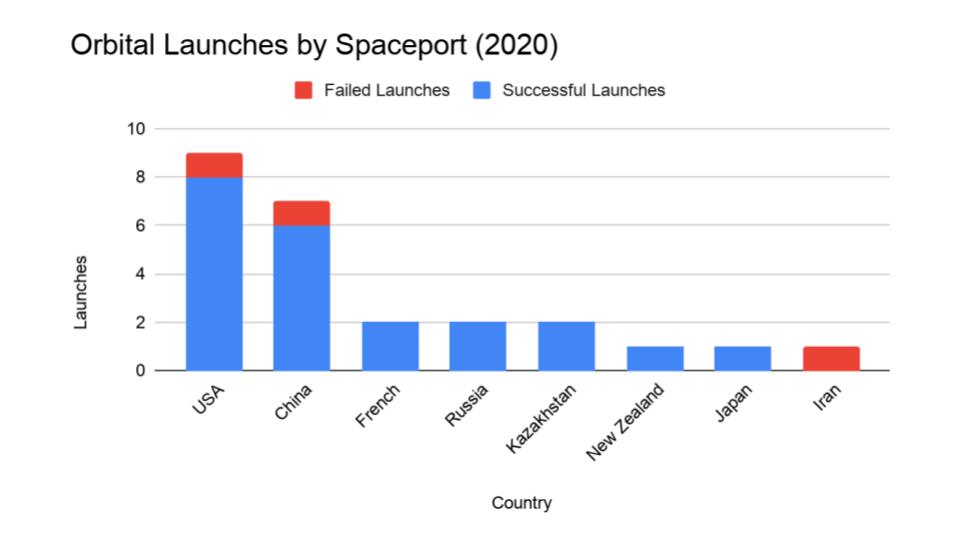
SpaceX dominates the week with the tower escape system test for the Crew Dragon, Starship prototype has “rapid unplanned disassembly,” and the last Dragon 1 capsule returns to Earth
Links
SpaceX tests the tower escape system for Crew Dragon
- Video: Slidewire basket crew egress system tested at pad 39A (SpaceflightNow)
- MRAP Rolls Through Pad Evacuation Runs (NASA)
The last Dragon I capsule returned to Earth yesterday
- Final Dragon 1 completes return to Earth to conclude CRS-20 (NASA Spaceflight)
- NASA TV to Air U.S. Cargo Ship Departure from Space Station (NASA)
- 3D Printing, Biology Research Make the Journey Back to Earth aboard SpaceX’s Dragon (NASA)
- Live coverage: Dragon supply ship departs space station (SpaceflightNow)
SpaceX loses third Starship prototype
- SpaceX loses third Starship prototype in cryogenic ground test (SpaceflightNow)
- Starship SN3 failure due to bad commanding. SN4 already under construction (NASA Spaceflight)
- Third Starship prototype destroyed in tanking test (Space News)
The Continuing Impact of COVID-19
- SMC reschedules GPS III-3 launch (LA AFB)
Useless Space Fact: Frogs in Space
- Orbiting Frog Otolith (Wikipedia)
- The OFO 1 (Orbiting Frog Otolith) (Gunter’s Space Page)
Transcript
Hello, and welcome to the Daily Space for today Wednesday, April 8, 2020. I am your host Annie Wilson and I AM BACK! Most Mondays through Fridays, our team will be here putting science in your brain.
Usually Wednesdays are for Rocket Roundup, and it’s been yet another week without launches.
Let’s get to it, shall we?

You might notice a theme this week: SpaceX. It’s all SpaceX.
This past Friday, SpaceX tested the tower escape system for Crew Dragon at Pad 39A.
This video shows the emergency escape baskets sliding down a cable on the tower at the launch pad. In the event of an emergency, astronauts and ground teams can quickly get away from dangerous conditions, should there be a pre-launch accident with the Falcon 9 rocket or Crew Dragon spacecraft.
Each basket, which can carry three people, were modified from the space shuttle program. At the end of the slide line, the personnel get into an armored vehicle called an MRAP, which they would drive to safety.
This is basically the same plan as used during the shuttle program, but the updated baskets will leave the tower from the 265-foot level, which is 70 feet higher than was used during the shuttle era.
An escape using the Crew Dragon’s SuperDraco engines would take less than a second, according to SpaceX. However, for safety reasons, the capsule escape engines are not activated until just before the start of fueling in the final countdown.
NASA says the Crew Dragon’s first piloted mission — with astronauts Doug Hurley and Bob Behnken on-board — could launch as soon as mid-to-late May from pad 39A. The astronauts will fly to the space station for an expedition that could last several weeks up to several months, then return to Earth for a parachute-assisted splashdown in the Atlantic Ocean just off Florida’s East Coast. How many baskets/slidelines are there: Seven!

Speaking of SpaceX, the last Dragon I capsule returned to Earth yesterday after spending about a month attached to the Nadir port on the Harmony module (aka Node 2) of the International Space Station. Mission control at the Johnson Space Center in Houston, Texas, commanded the Canadarm 2 to move the spacecraft into the release position. The command to release Dragon from the robotic arm was issued at 13:06 UTC.
Dragon performed three departure burns under the control of NASA controllers in Houston, using its onboard Draco thrusters. After clearing the ISS, control of Dragon was turned over to SpaceX mission control in Hawthorne, California.
The deorbit burn was conducted at 17:58 UTC. After shedding the unpressurized trunk, Dragon splashed down off the coast of Baja California, about 815 kilometers south of Los Angeles. It will be returned to the Port of Los Angeles for initial cargo unloading and then transferred to SpaceX’s McGregor, Texas facility to have the remainder of the 4,000 pounds of cargo unloaded.
This marks the end of the CRS-20 missions, which began on March 6th on a Falcon 9 rocket from SLC-40 from Cape Canaveral.
And still speaking of SpaceX, because it’s that kind of day, one final story about how space is hard.
Early Friday, April 3rd, SpaceX was conducting a pressure test of the third Starship prototype when something, well… went wrong.
According to a tweet from Elon Musk, this happened because the tanks in the top half were loaded before the tanks in the lower half were, causing it to crumple and then undergo rapid unplanned disassembly. He went on to say “If you lose pressure control on rocket propellant tanks, you’re doomed anyway, so might as well go all in”.
Starship SN4 is already under construction. Space is hard, people.

And COVID-19 continues to have an impact on launches, with the US Space Force announcing that the launch of GPS III SV03 (aka GPS III-3) from Cape Canaveral is being postponed from later this month until sometime no earlier than June 30th.
“We do not make this decision lightly, however, given our GPS constellation remains strong, we have the opportunity to make a deliberate decision to maintain our mission assurance posture, without introducing additional health risk to personnel or mission risk to the launch,” said Lt. Gen. John F. Thompson, Space and Missile Systems Center (SMC) commander and program executive officer for space.
The GPS III satellites will bring three times better accuracy and be up to eight times more resistant to jamming than their predecessors.
There are still plans to complete three GPS launches in 2020, while doing what’s necessary to protect the health of personnel involved in the mission.
GPS III SV03 will be launched into operational orbit by a SpaceX Falcon 9 rocket. GPS III SV03 will be the second National Security Space Launch (NSSL) mission to be launched on a SpaceX Falcon 9 rocket and the first NSSL mission where a Launch Service Provider is recovering a booster.

It feels like like there haven’t been as many launches so far this year as there were at this point in 2019, so I took a look at the numbers to see what’s going on.
I was surprised to see that there have actually been 5 more launch attempts in 2020 than there were by early-April 2019. Five more launches doesn’t sound like a lot until you realize that it’s actually 25% more launches.
We track launches by the country where they take place, not by the country owning the thing being launched. As you can see, both the USA and China have had more launch attempts so far, while most of the others have the same number of launches this year as they did by early-April 2019.
At this point last year, there had been no launch attempts in Russia, which is why they only have an orange bar in the graph.

To wrap things up, here’s a running tally of a few spaceflight statistics for the current year:
- Toilets burned up: 1
- Total new satellites in orbit: 345 (includes those launched from other in-orbit craft, such as the ISS)
- Total satellites from launches: 331
I keep track of orbital launches by where they launched from. Here’s that breakdown:
Total 2020 successful launches: 22 (+ 3 failures so far)
Total attempts by country:
- USA: 9
- China: 7
- French Guiana: 2
- Russia: 2
- Kazakhstan: 2
- New Zealand: 1
- Japan: 1
- Iran: 1
Your useless space fact for the week: On November 9, 1970 the US launched two bullfrogs into space on the Orbiting Frog Otolith to study how structures in the inner ear are affected by microgravity.
And that rounds out our show for today.
Thank you all for listening. Today’s script was written by Dave Ballard and Gordon Dewis and edited by me, Annie Wilson, with help from Gordon. The Daily Space is produced by Susie Murph.
This has been a production of the Planetary Science Institute, a 501(c)(3) non profit dedicated to exploring our Solar System and beyond. We are here thanks to the generous contributions of people like you. Want to become a supporter of the show? Check us out at patreon.com/cosmoquestx
As part of helping keep us all occupied in these really weird times, we’re going to be hosting a lot of additional content on our Twitch channel, and we want to remind you that CosmoQuest has an active community on Discord where you can talk science and even find other people to join you in playing some online games. You can find links to everything that is going on at CosmoQuest.org.Thank you all for listening. Today’s script was written by Dave Ballard and Gordon Dewis, and the Daily Space is produced by Susie Murph. The Daily Space is a product of the Planetary Science Institute, a 501(c)3 non profit dedicated to exploring our Solar System and beyond. We are here thanks to the generous contributions of people like you. The best way you can support us is through Patreon.com/cosmoquestx Like us? Please share us! You never know whose life you can change by adding a daily dose of science.


 We record most shows live, on Twitch. Follow us today to get alerts when we go live.
We record most shows live, on Twitch. Follow us today to get alerts when we go live.